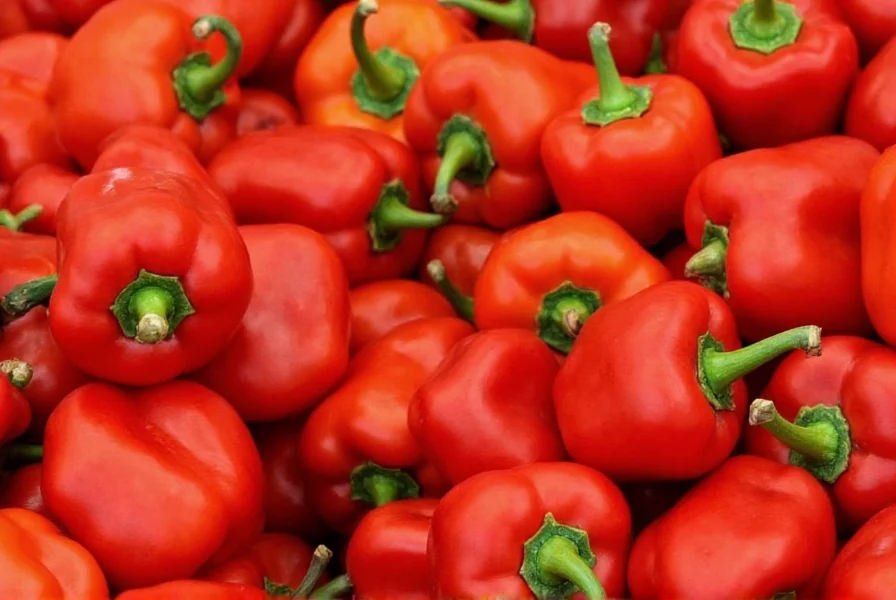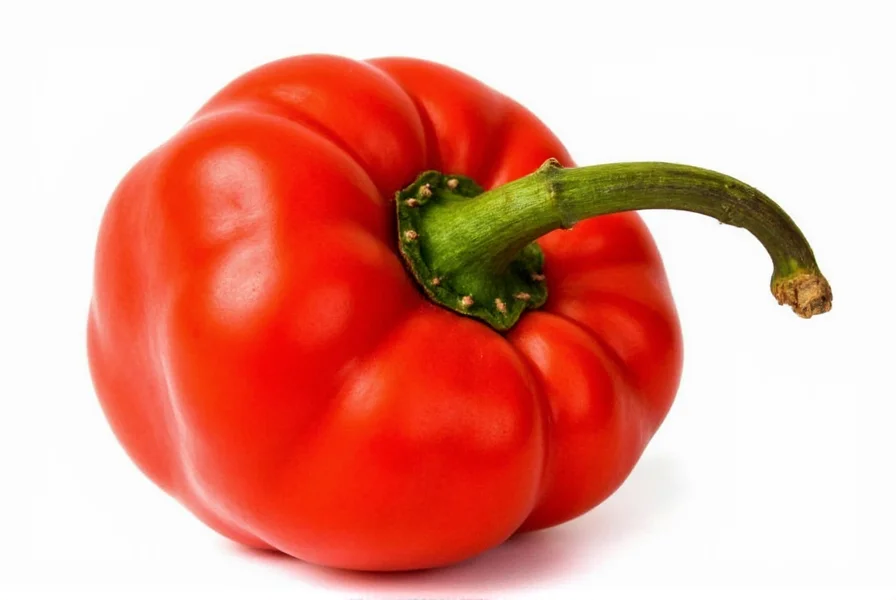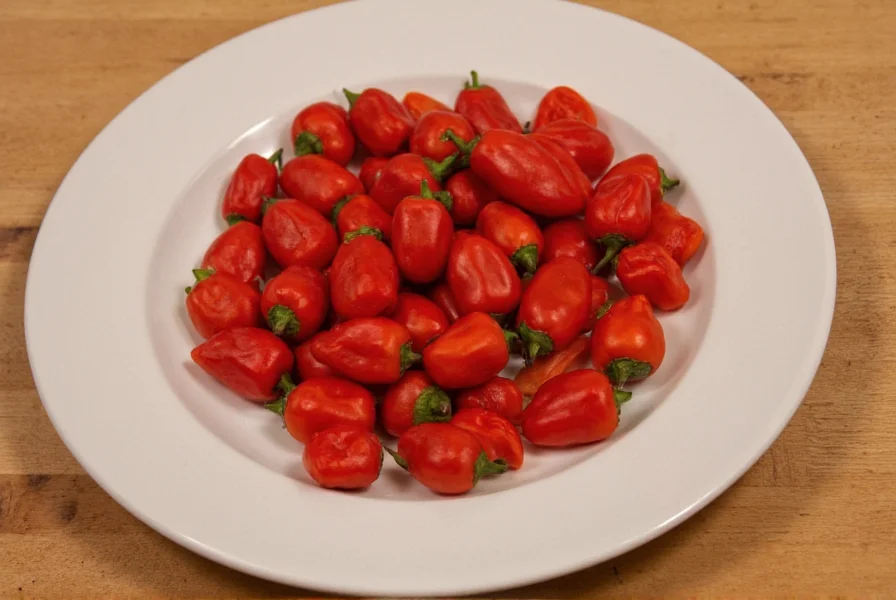Paprika isn't just a single spice but represents a spectrum of flavors and colors derived from different pepper varieties. This versatile seasoning has been enhancing dishes for centuries, with its origins tracing back to Central America before spreading globally through trade routes. Understanding what paprika is made from reveals why it plays such a crucial role in various culinary traditions worldwide.
The Primary Pepper Varieties Used in Paprika Production
While all paprika comes from Capsicum annuum peppers, specific cultivars determine the final product's characteristics. The most common varieties include:
| Pepper Variety | Region of Origin | Paprika Characteristics |
|---|---|---|
| Kalocsai | Hungary | Sweet, vibrant red, medium heat |
| Csemege | Hungary | Mild, aromatic, deep red |
| Bombay | Spain | Smoky flavor, medium heat |
| Ñora | Spain | Intensely smoky, deep red |
How Paprika Production Varies by Region
The specific peppers used for paprika production differ significantly across regions, creating distinct flavor profiles that define local cuisines. Hungarian paprika made from traditional heirloom varieties delivers a sweet, earthy flavor that forms the backbone of goulash and other national dishes. Spanish paprika (pimentón) often incorporates peppers smoked over oak wood, producing that distinctive smoky depth essential in paella and chorizo.
Contrary to common misconceptions about what paprika is made of, it never contains tomatoes, papaya, or any non-pepper ingredients. The confusion sometimes arises because "paprika" sounds similar to "papaya," but these are completely unrelated plants. Authentic paprika contains only ground peppers, sometimes with minimal salt added in certain commercial blends.
The Paprika Manufacturing Process
Creating quality paprika involves several precise steps that preserve the peppers' natural qualities. After harvesting at peak ripeness, peppers undergo careful drying—either in the sun, in drying rooms, or through smoking for Spanish varieties. The drying method significantly impacts the final flavor profile of what paprika is made from.
Once properly dried, producers remove stems and seeds before grinding the peppers into a fine powder. Traditional stone grinding preserves flavor compounds better than high-speed industrial methods. The finest paprika varieties undergo multiple grinding and sifting processes to achieve consistent texture without losing volatile flavor compounds.

Nutritional Profile and Flavor Chemistry
The distinctive red color of paprika comes from carotenoids, particularly capsanthin and capsorubin. These same compounds provide significant antioxidant benefits. Sweet paprika made from mild pepper varieties contains vitamin C levels comparable to fresh bell peppers, though some is lost during drying.
Flavor differences between paprika varieties stem from varying concentrations of capsaicin (the compound responsible for heat) and other volatile compounds. Hungarian sweet paprika contains minimal capsaicin, while hot paprika varieties can register up to 5,000 Scoville units. Smoked paprika gains additional flavor compounds from the smoking process, creating complex notes of wood and earth.
Common Misunderstandings About Paprika Ingredients
Many people wonder if paprika is made from tomatoes due to its rich red color, but this is incorrect. Paprika exclusively comes from peppers, never tomatoes. Another frequent question is whether paprika contains artificial coloring—high-quality paprika gets its vibrant hue naturally from the peppers themselves.
When examining what paprika is made of, check ingredient labels carefully. Some commercial blends add fillers like flour or anti-caking agents, which diminish quality. Pure paprika should list only "ground peppers" or similar straightforward terminology without additives.

Selecting and Storing Quality Paprika
Understanding paprika made from helps consumers select the best product. Look for deep, vibrant color and a strong aroma when purchasing. The finest paprika made from premium peppers will have a rich scent reminiscent of the original peppers.
Proper storage preserves paprika's delicate flavor compounds. Keep it in an airtight container away from light and heat, as exposure causes rapid degradation of both color and flavor. Quality paprika typically maintains peak freshness for 6-12 months when stored properly, though smoked varieties may retain flavor longer due to the preservative effects of the smoking process.
Frequently Asked Questions
What specific peppers are used to make paprika?
Paprika is made from specific varieties of Capsicum annuum peppers, including Kalocsai and Csemege in Hungary, and Bombay and Ñora in Spain. These peppers are selected for their color, flavor profile, and heat level before being dried and ground into powder.
Is paprika made from tomatoes or papaya?
No, paprika is not made from tomatoes or papaya. Despite the similar-sounding name, paprika comes exclusively from dried and ground peppers (Capsicum annuum varieties). The confusion sometimes arises because 'paprika' sounds similar to 'papaya,' but these are completely unrelated plants.
What's the difference between Hungarian and Spanish paprika?
Hungarian paprika is typically made from sweet pepper varieties dried in the sun, resulting in vibrant red color and sweet, earthy flavor. Spanish paprika (pimentón) often uses peppers smoked over oak wood during drying, creating distinctive smoky notes. Spanish varieties come in sweet (dulce), bittersweet (agridulce), and hot (picante) versions.
Does authentic paprika contain any additives?
High-quality authentic paprika contains only ground peppers with no additives. Some commercial blends may include anti-caking agents or salt, but traditional paprika made from pure peppers lists only 'ground peppers' or similar straightforward ingredients. Premium varieties undergo multiple grinding and sifting processes without adding fillers.
How can I tell if paprika is fresh and high quality?
Fresh, high-quality paprika has a vibrant red color and strong, pleasant aroma reminiscent of the original peppers. When stored properly in an airtight container away from light and heat, quality paprika maintains peak freshness for 6-12 months. Avoid paprika that appears faded or has little aroma, as these indicate age and flavor degradation.











 浙公网安备
33010002000092号
浙公网安备
33010002000092号 浙B2-20120091-4
浙B2-20120091-4